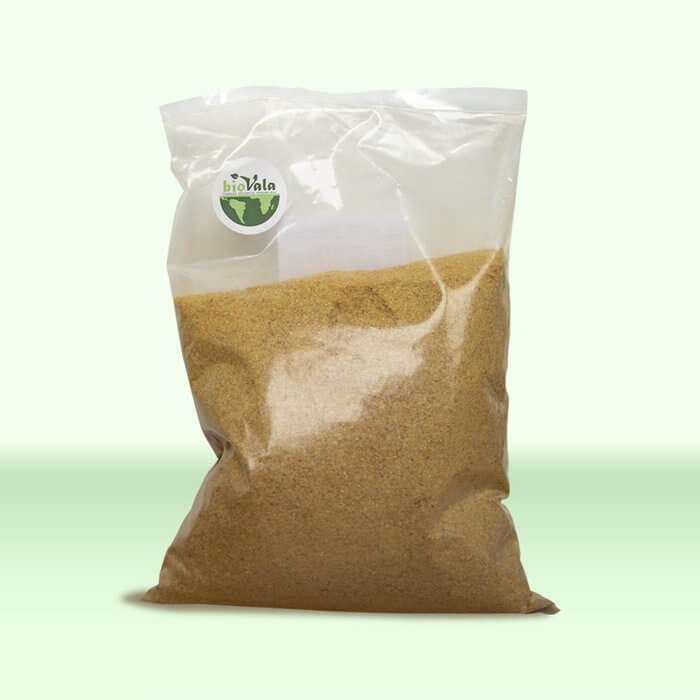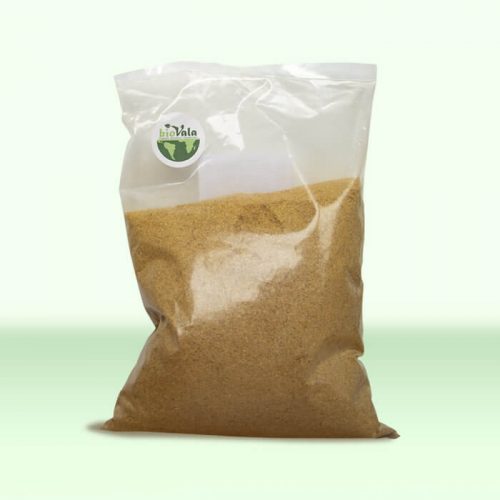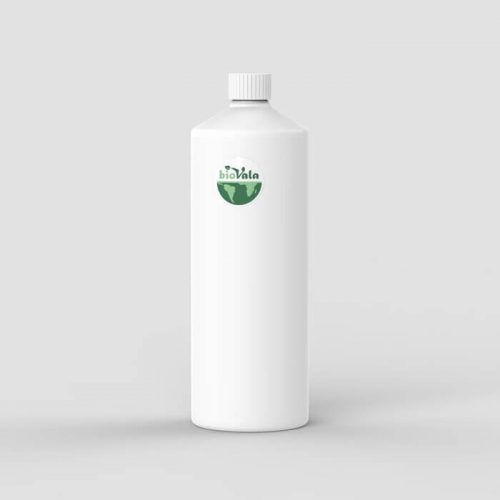Description
The main problem with the effluent from dairies is the large amounts of animal fats present. These cause major problems by coating drains, pumps, pumping stations, inlet screens and primary clarifiers. In many activated sludge plants excessive quantities of fat can give rise to Nocardia foaming which causes major operational problems. While the bulk of the fats/grease is removed in Dissolved Air Flotation (DAF) units or grease interceptors the remainder must be treated in the wastewater treatment system. Other components of the effluent such as proteins and lactose contribute to an effluent with a high BOD. The seasonal nature of the dairy industry results in high loads and flows, particularly in spring/early summer.
Situations in which the use of BVL 5000 are beneficial include:
- Plant start up
- Poor settlement
- Overloaded plants
- Nocardia foaming
- Re-seeding
- Poor final effluent quality
- Shock recovery
- Bulking sludge
„Biovala“ harnesses the power of environmental biotechnology to solve the problems by degrading the fats and grease, proteins and lactose in a highly efficient way. „BVL 5000“ uses only harmless, natural micro-organisms that deal with the problem by degrading the organic matter to CO 2 and H 2 O in a highly effective and environmentally acceptable way.
What is BVL 5000?
„BVL 5000“ consists of a carefully selected blend of natural micro-organisms that have the ability to efficiently degrade fats and greases, proteins, lactose and other organic materials in dairy effluents. The wide range of strains have been specially chosen for their ability to produce the broad range of enzymes required to completely degrade the organic matter. These strains grow at a fast rate so that they can quickly establish dominance in the biological population. The product contains
strains which have the ability to produce good floc structure which will settle well and produce a clear final effluent. The strains in the product work in harmony with the existing biomass and increase its overall efficiency so that plant performance is restored as quickly as possible.
The type of systems in which BVL 5000 can be used include:
- Activated sludge
- Biotowers
- Aerated lagoons
- Oxidation ditches
The microbial strains are produced as single pure cultures, harvested, stabilised on a cereal base and blended together to produce the final product. Extensive checks are conducted throughout the process to ensure purity and quality of the product.



